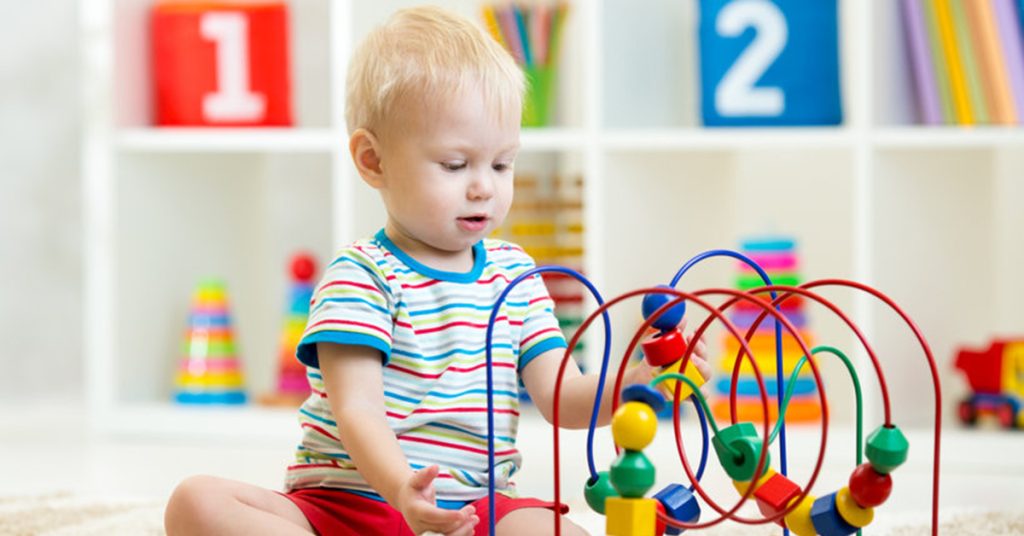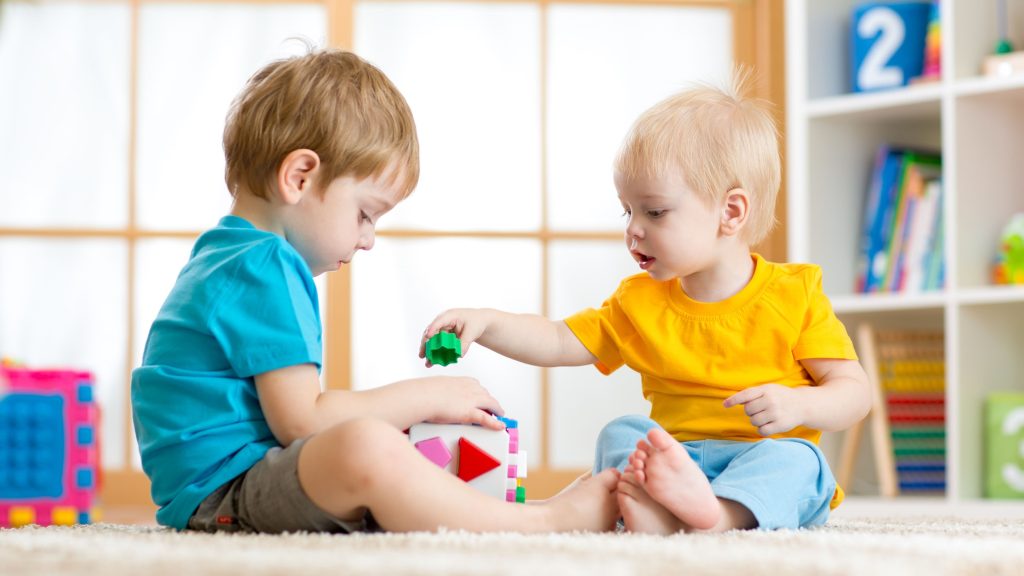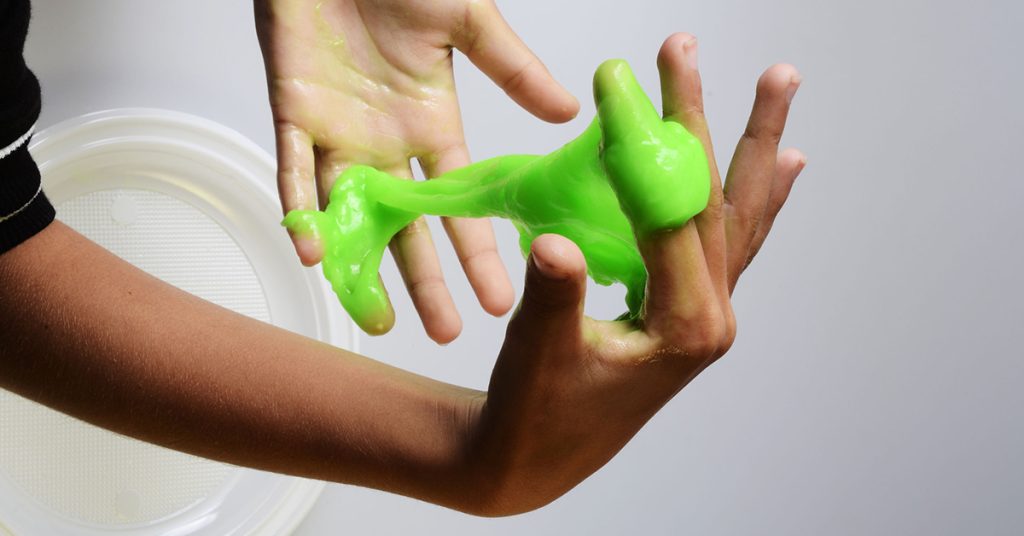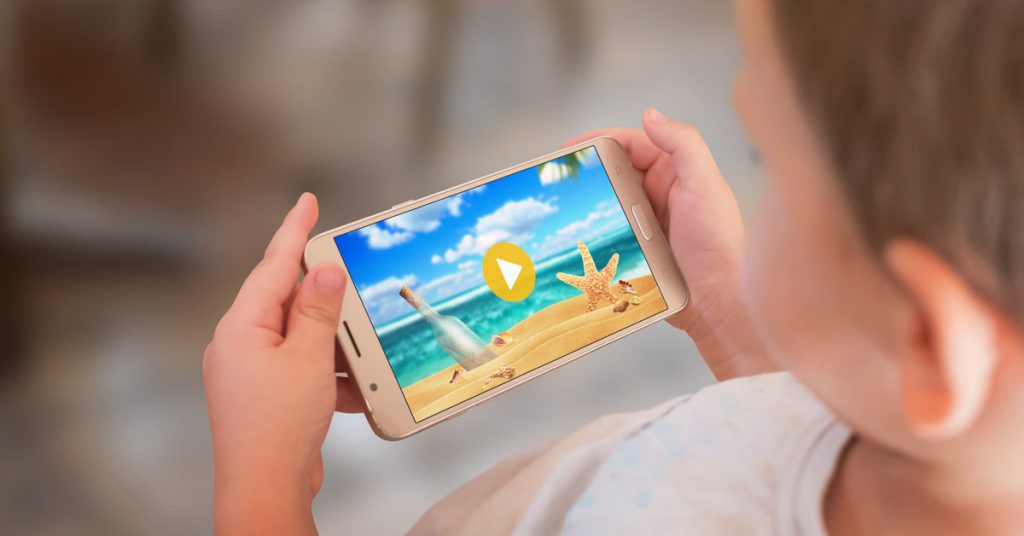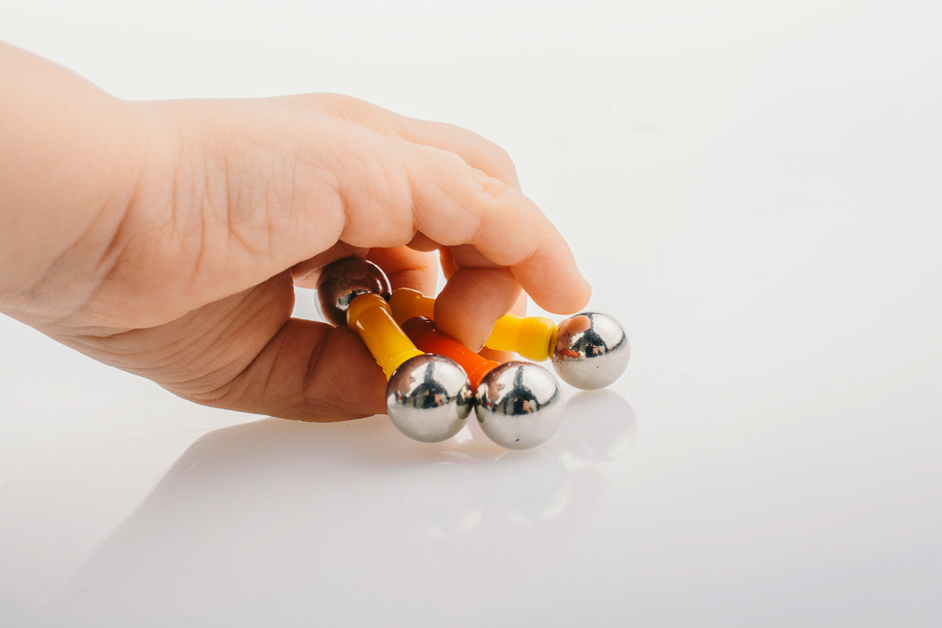Posts Tagged ‘defective toys’
Don’t Rush; Reminders to Help Massachusetts Families Buy Safe Holiday Toys in 2021
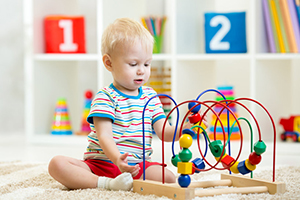
Don’t rush your holiday toy shopping. Take time to read and follow age-appropriate labels before you buy toys.
Many of us are feeling quite stressed about holiday shopping as we watch the news. Still, when you shop for a child, safety is essential. Slow down and look for a fun, safe and age-appropriate toy that will bring joy, not injury, into your home.
Read Age-Appropriate Warning Labels, Toy Packaging and Online Descriptions
You may think you are buying a safe because the toy was featured on a morning news program or has received top reviews online. But despite your best intentions, you may not actually be purchasing the same toy. To avoid buying a so-called counterfeit toy, look for reputable sellers, such as department stores. Try to purchase from brick-and-mortar stores.
Before purchasing or at home, closely examine the packaging on the toy and make sure it matches the manufacturer’s online description. If you purchased the toy online, the toy packaging should also match the description on Amazon or the online marketplace. Once the toy arrives, open and inspect the box contents.
Everything should be consistent, including the age-recommendation labels.
Check for Toy Recalls
The packaging is a tool to help you shop, as is the CPSC website, which you can check for toy safety recalls. In addition to recalling toys, the CPSC has also recalled many inclined infant sleepers over the past two years. Last summer, the commission approved a new federal safety standard for infant sleep products which will take effect in mid-2022. Here is one of our recent blogs on infant sleep products.
U.S. Toy-Related Injuries and Deaths by Age 2018-2020
No one wants to think about the possibility of a child suffering an injury while playing with their own toys. Yet this is a risk in when so many toys are sold online through Amazon, Ebay and other online marketplaces. Independent sellers can sell on these sites or quickly build their own websites, optimize them in the search engines, then close sites down.
Between 2018 and 2020, 50 children were killed in toy-related accidents across the U.S., according to CPSC data released in May 2021. Many children suffered suffocation and other injuries in accidents involving toys with small parts, balls, stuffed animals or accessories. Two children drowned on water toys. Seven children died in accidents involving non-motorized scooters and two were killed on nonmotorized riding toys.
In 2020, nine children were killed and nearly 150,000 children age 14 and younger were treated for toy-related injuries in hospital ERs. Here is a breakdown of toy-related injuries by age during 2020:
- Children under 5 suffered 40 percent of all toy-related injuries.
- Children age 12 and younger suffered 73 percent of toy-related injuries.
- Children age 14 and younger suffered 75 percent of toy-related injuries.
Common Toy Shopping Mistakes
As we have discussed, you can reduce the risk of injury in your household by reading age recommendations and carefully inspecting toys and packaging. But you can also challenge yourself if you have these thoughts:
Buying Holiday Toys Because Just They Are Available or Priced Right
Earlier this month, the Toy Association shared positive news: 76 percent of parents surveyed said they read age recommendations before buying toys.
However, many can be swayed. About 65 percent of parents said they may buy a counterfeit/knock-off toy if their first choice was unavailable. Meanwhile, 63 percent said they could be influenced by a lower price.
Buying Outside Age-Recommendations for Toys
“This toy is marked age 8 and older, but my 5 ½ year old is up for challenging toys .” Sound familiar? The Toy Association reports 68 percent of parents share this thought and would buy a toy outside age recommendations.
Consider age-recommendation labels an important tool, designed to protect your child from choking, an eye or head injury or a broken bone. Age recommendations are not arbitrary; they are based on a toy’s performance under federal toy safety requirements.
For example, toys with small parts or balls have to undergo the “small parts cylinder” test. The cylinder has a diameter of 1.25 inches, with a slanted bottom opening 1 to 2.25 inches. If a toy or small part passes through the cylinder, it has to carry an age-warning label that states, “Choking Hazard – Small Parts. Not for Children Under 3 Yrs.” Read more about the small parts regulations for toys.
Read more in our Project KidSafe toy safety series.
Free Legal Consultation – Boston Product Liability Attorneys
Founded in 1992, Breakstone, White & Gluck has recovered millions of dollars in compensation for victims of negligence and wrongdoing in Massachusetts. Consistently recognized by Super Lawyers and Best Lawyers, our personal injury lawyers specialize in product liability, holding companies responsible for injuries and wrongful death caused by defective products, toys and vehicles.
Breakstone, White & Gluck is located in 2 Center Plaza in Boston, across the street from the Government Center T stop and Boston City Hall. If you have been injured, Breakstone, White & Gluck offers a free legal consultation. Learn your legal rights by calling and speaking with one of our attorneys today at 800-379-1244 or 617-723-7676 or use our contact form.
Trouble in Toyland Report Shares Toy Safety Tips for Holiday Shoppers
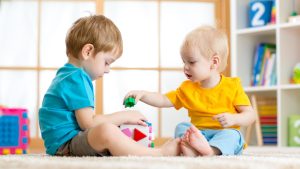 Families often enjoy looking through toy catalogs together this time of year. After seeing what excites your child, you may be tempted to immediately order their holiday gifts. However, before you do, we encourage parents and grandparents to check the Trouble in Toyland report.
Families often enjoy looking through toy catalogs together this time of year. After seeing what excites your child, you may be tempted to immediately order their holiday gifts. However, before you do, we encourage parents and grandparents to check the Trouble in Toyland report.
The 35th anniversary Trouble in Toyland report was recently released. This year, U.S. PIRG warned about the dangers of:
- Mislabeled choking hazards
- Flocked animal figures (toys with small attached pieces)
- Recalled toys which may still be available online
- Noisy toys
- In-app purchases
- Not advisable for children
Choking Hazards
Parents are advised to look for small part warnings on toys. “Small part” is not a subjective term. It is anything that fits within the Consumer Product Safety Commission’s toy test cylinder. The test cylinder measures 2.25 inches long and 1.25 inches wide and is roughly the size of a young child’s throat. A small part may be a game piece or a marble of the right size. It may also include a toy accessory, such as doll clothing.
The most common “small parts” warning: “WARNING: CHOKING HAZARD–Small Parts. Not for children under 3 years.” Toys designed for children ages 3 through 6 must also carry warning labels indicating they are not safe for children under 3.
Parents can become familiar with the risks by reading this year’s Trouble In Toyland. Make it a priority not to purchase a product with small parts and bring them into your home. Always read toy safety and age appropriate labels. Doing so puts you on a path to protect your family.
Flocked Toys
If you purchase a toy figurine or doll that comes with accessories, such as ribbons or clothing, remember your child can put those small parts in their mouths. Calico Critters – the popular animal family figures – are now under scrutiny.
One child was killed while playing with a set containing a small pacifier in New Mexico, according to a court filing. Another child in Utah also choked on the pacifier accessory, according to the a local news website, and shared in the Trouble in Toyland report. Both children were under 3 years old.
Fortunately, there are many versions of toys. If you find a toy you like and it has small fabric parts, keep looking until you find one without removable accessories.
Online Toy Shopping
Trouble in Toyland shared a valuable insight about searching for holiday toys on Amazon. If you search for “toys for 2-year-old boys,” for instance, you may see a number of listings which do not provide a small part warning. Do not trust that searching by year means toys are screened for safety. Remember, Amazon is a marketplace of merchants, not just one company. Closely look at product descriptions before making a purchase. In addition to reading reviews, you want to confirm the details. Look at the product picture, then read the description. Double check the product packaging once it arrives by mail and open it to confirm it has the parts you expected.
Beware of recalled toys as well. Since the 2019 Trouble in Toyland, the Consumer Product Safety Commissioned issued 10 toy recalls in the U.S., according to this report. When a product is recalled, it should be immediately removed from the store shelves and online listings. Some toys were still being sold online after recalls. Researchers even found one toy – a Fisher-Price Barbie Dream Camper which was recalled in February 2019 – still on sale. The camper was an outdoor riding toy for children. The CPSC received 17 reports of campers continuing to travel after the foot pedal was released.
Not Advisable For Children
Also featured was a section called, “items not advisable for children.” These items are not really toys, but are given to children as toys. At the top of the list is high-powered magnet desk sets. We wrote about the dangers of high-powered magnet sets last holiday season. Magnet sets may seem like fun gifts for adults, but you should never purchase one because they are so dangerous and the small parts can stick around your home forever. Children can be tempted to play with these magnets and swallow them. At this point, the magnets can attempt to connect together in a child’s stomach. The magnets touched on some serious personal injuries.
In September 2020, a 9-year-old boy took two magnets from a Neutronball building set and placed them on his lip, pretending to have a piercing. He then swallowed them and had to seek medical treatment at a hospital. In May, another 9-year-old swallowed parts from a Zen Magnets LLC set. She hid this from her parents for a week, until she began suffering intense stomach pain. She required surgery, but survived.
Beware of Digital Apps
Parents may be asked to sign up for an app related to a “smart toy” their child received as a gift. Or a child may have received a tablet or cell phone and try to sign up for apps themselves.
While there is a case to be made for limiting your child’s screen time overall, beware of giving your child access to digital apps. These can be tempting and children may like the graphics and thought of winning a prize. The Trouble in Toyland report mentioned one app called Coin Master. This is rated for ages 13 and over, though the graphics may easily capture the attention of a younger child.
We are sharing this story because Coin Master offers in-app purchases. The most expensive option is $99.99. Children may only see higher options once they get into the game.
Free Legal Consultation – Boston Toy Safety Lawyers
Breakstone, White & Gluck has over 100 years combined experience representing individuals who have been injured by the negligence or wrongdoing of others. Our firm is highly experienced in the area of product liability and injuries caused by defective products. We are writing about holiday toy safety as part of our Project KidSafe campaign, where our goal is to protect children from injuries. For the past 8 years, our attorneys have also donated 30,000 bicycle helmets to children across Massachusetts to protect against head injuries.
If you have been injured, learn your legal rights. For a free legal consultation, contact Breakstone, White & Gluck of Boston at 800-379-1244 or 617-723-7676 or use our contact form.
Worst Toys of 2019 List Showcases Holiday Hazards
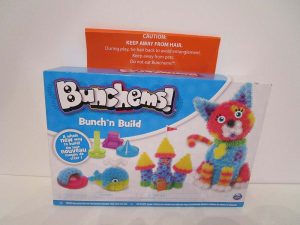
Photos: Worst Toys of 2019, W.A.T.C.H.
The Worst Toys of 2019 list has been released, providing parents and grandparents a preview of toys to avoid this holiday season. We urge you to read this list before you shop. Each toy mentioned has caused injury or has grave potential. We want Massachusetts families to steer clear and enjoy a safe and happy holiday season.
As you read, remember there are just 10 spaces on the Worst Toys list, which is compiled by W.A.T.C.H. – or World Against Toys Causing Harm, Inc. Yet there are far more toys out there which may be unsafe or inappropriate for your child’s age. Read our blog on the Worst Toys list, to help you identify common features in unsafe toys, such as small parts which could cause choking injuries.
Toy injuries are a daily risk for many families in Massachusetts, not just during the holidays. Across the country, 251,700 people suffered toy-related injuries in 2017. From 2015 to 2017, 37 children died while playing. These devastating numbers are preventable if manufacturers, distributors and retailers safely handle products throughout the supply chain. Parents can do their part by always reading and following age recommendation labels. Remember you also have help on this front. You can check the Consumer Product Safety Commission’s website for product warnings and recalls before you shop this holiday season, and throughout the year. You can also sign up for e-mail alerts.
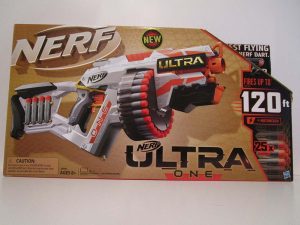 1- Nerf Ultra One
1- Nerf Ultra One
Though it looks like a blast, this Nerf toy is a $49.99 danger, W.A.T.C.H. says. The dart blaster shoots up to 120 feet and claims to be the “Farthest Flying Nerf Dart. Ever.” It carries an age recommendation of 8 and up, with several troubling warnings. W.A.T.C.H. reports the darts can be shot with enough force to cause eye injuries.
2 – Spike the Fine Motor Hedgehog
Spike is a risky toy because he comes with 12 removable quills, all 3 ½ inches long, W.A.TC.H. The problem is the packaging carries an age recommendation of 18+ months. This is deceptive, leading parents into conclude this is a safe toy for young children of that age. The age recommendation should be higher and carry a choking hazard label.
3 – Bumchems Bunch’N Build
These building toys stick together and make cute formations. What’s not cute is how they can get caught in your child’s hair. The manufacturer is clearly aware of this potential, advising parents to keep their child’s hair pulled back to avoid entanglement. Although they continue selling it, you don’t have to buy it. Carefully consider how your child and what could happen if you leave the room for a moment.
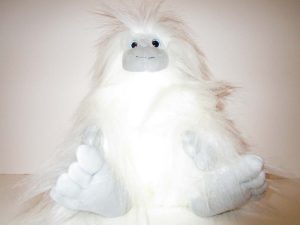 4 – YETI
4 – YETI
Pull at this doll’s white fur and with little effort, it becomes loose. Then it gathers, creating a choking hazard. The $21 toy is being sold everywhere this year, including Walmart.com, Target.com and Amazon.com. W.A.T.C.H. critically notes the toy has a recommendation of 24 months and up – on a removable sticker. Once this sticker comes off, consumers have to guess at the appropriate age.
Age recommendations are the most fundamental tool parents have in choosing safe toys. A removable label makes it hard to make safe choices, especially if you are handing the toy down between children.
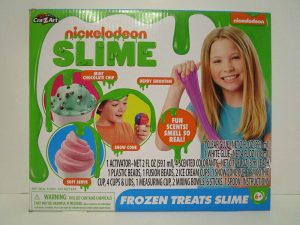
5- Nickelodeon Frozen Treats Slime
What can we say about this $9.99 slime toy? Or is it food? The truth is, it is a chemical which if ingested, can seriously harm your child. The confusing part is this slime really looks like a frozen treat on the box.
We urge you not to buy slime mixtures or any type of pretend food. There are plenty of other gift options. Traditional crafts such as drawing sets or even Play Doh are better choices. They don’t require any mixing of ingredients.
6 – Anstoy Electronic Toy Gun
W.A.T.C.H. is always critical of marketing realistic toy guns to children and has highlighted the practice over many years. This year it says the Anstoy electronic gun is being unsafely marketed for children age 14+ and can be found online by anyone with an Amazon account. We agree: steer clear of guns and choose toys which involve sports. A soccer ball, basketball or a new snowsled sound like great gifts to us!
7 – Diecast School Bus
This miniature school bus is a choking hazard because the small rubber tires can become loose. They are mounted on plastic wheels and can be pulled apart. So many toys have similar hazards and should be kept out of homes with younger children.
8 – Pogo Trick Board
This toy is a “high bounce ball” with dual handles for “tricking out.” The age recommendation is children 6 and up. The manufacturer warns children to wear a helmet to protect against head injuries. But the packaging shows two children using the board without a helmet. There is one child bouncing high while wearing a helmet, but overall, there’s not a strong advisory to parents.
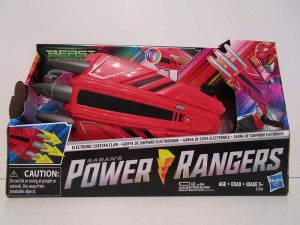 9 – Power Rangers Electronic Cheetah Claw
9 – Power Rangers Electronic Cheetah Claw
“Do not hit or swing at people or animals.” “Use away from breakable objects.” Finally, this toy carries a small parts warning, even though the age recommendation is 5+.
With so many warnings, why would you want to buy this toy? It may look cool to your child, but you have to remember it’s winter in Massachusetts. This is not a toy you want your child swinging around your home. Hasbro, the manufacturer, says the toy can cause potential eye or facial injuries.
10 – Viga Pull Along Caterpillar
This is an adorable toy, but it made the W.A.T.C.H. list because of its long string. This could cause a potential choking or strangulation hazard. The Viga Pull Along Caterpillar is a pull toy and should have a warning to go with its 24-inch cord.
Read more from the Worst Toys of 2019 on the W.A.T.C.H. website.
About Breakstone, White & Gluck – Free Consultation
Boston Product Liability Lawyers – Boston Defective Toy Lawyers
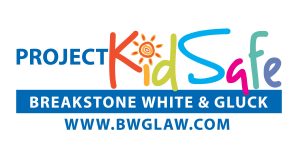 Breakstone, White & Gluck is experienced in representing those injured in Massachusetts in cases involving product liability and defective products. Manufacturers have a responsibility to conduct safety testing and properly label toys with age recommendations. When they neglect this responsibility, toys are not safe to use.
Breakstone, White & Gluck is experienced in representing those injured in Massachusetts in cases involving product liability and defective products. Manufacturers have a responsibility to conduct safety testing and properly label toys with age recommendations. When they neglect this responsibility, toys are not safe to use.
We share this blog as part of our holiday toy safety series and our Project KidSafe campaign. Learn more about Breakstone, White & Gluck and our work for clients on our website.
Take Caution Buying Children Digital Toys, Tablets and Apps
 Many children are asking for tablets, video games and digital toys this holiday season. Before you buy, really learn what you are introducing – and our suggestion is consider waiting. This year, companies such as Google were pressured to change their data collection practices. In 2020, we may just see some change from other companies, too. Read More
Many children are asking for tablets, video games and digital toys this holiday season. Before you buy, really learn what you are introducing – and our suggestion is consider waiting. This year, companies such as Google were pressured to change their data collection practices. In 2020, we may just see some change from other companies, too. Read More
Keep Magnet Toys Off Your Holiday Shopping List
We urge parents to keep magnet toys off your holiday shopping list for young children. High-powered “rare-earth” desk magnet toys are highly dangerous and there are many painful stories of children ingesting them, then fighting for their lives in surgery. But there are also other types of magnet toys, including magnet tile building sets and magnet construction toys. While these are very popular, this doesn’t mean they are safe for your family. Take time to do your research, read age recommendations and really consider your children’s needs.
Magnet Desk Toys or Cluster Magnet Toys
Read by product type:
Magnet Desk Toys or Cluster Magnet Toys
Tile Magnet Toys
Magnetic Construction Sets
Final Word on Safety
Magnet Desk Toys or Cluster Magnet Toys
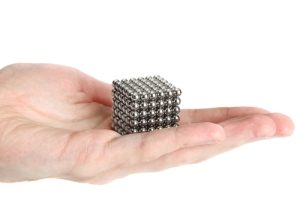
Cross desktop magnet sets off your holiday shopping list. These have caused hundreds of children injuries.
The Consumer Product Safety Commission (CPSC) has worked to take desktop magnet toys off the market to prevent injuries to children. The problem is the average set has 125 or 216 strong magnet balls, though some have more than 1,000 pieces. The magnets are tiny and are extremely high-powered.
These magnet sets come apart and can be reassembled into unique shapes. In a child’s hands, the magnet clusters may become a necklace, triangle or whatever formation they imagine. When magnets are put in a child’s mouth, they can attract to each other, causing serious injuries in the digestive system as well as blood poisoning. Children usually require surgery for the intense pain.
New Magnet Safety Standard. Prior to 2014, “rare-earth” magnet sets were required to carry age recommendation labeling of 14 and older. In 2014, the CPSC established a federal toy safety standard which required magnets to be large enough to exceed the CPSC’s “small part” standard for toys or that magnetic parts have a force of attraction of 50 kG² mm² or less, according to the CPSC’s Final Rule: Safety Standards for Magnet Sets. The CPSC safety standard effectively made it illegal to sell “rare-earth” magnet sets in the U.S. and there was a positive response, an 80 percent reduction in magnet-ingested injuries, according to The Journal of Pediatrics.
You may guess young children are at the highest risk. But children age 4 through 12 suffered the most injuries in the CPSC’s analysis of ER visits over 5 years, from 2009 to 2013. According to the Federal Register dated October 3, 2014, the agency concluded an estimated 2,900 children had suffered magnet ingestion injuries. Children age 4 through 12 suffered 1,900 injuries – or 65 percent.
Tile Magnet Toys
For all this work, in 2016, the 10th Circuit of Appeals ruled the CPSC’s pre-requisite factual findings were “incomplete and inadequately explained.” The Court vacated the safety standard and remanded it back to the CPSC for further proceedings.
The lawsuit had been filed by Zen Magnets, one of the “rare-earth” magnet makers. The company is now selling its products again, under the Buckyballs and Mandala names, according to Tech Crunch. Again, we stress, please don’t buy these toys, especially if you have children or a pet. The parts are small and scatter easily. If you don’t find our blog compelling, we encourage you to read this article in STAT, called “Toy magnets are harming kids again. They need to be banned – for good,” August 6, 2019.
Tile Magnet Toys
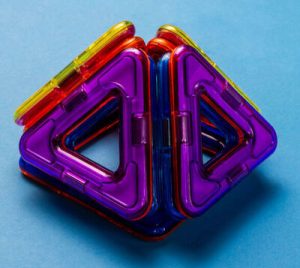
Magnet tile toys
These are magnets encased in plastic triangle and square shapes. These are popular, marketed as toys that help stimulate learning and imagination. Some of these are designed for children under age 3, some for children ages 3 and up; others are for age 6 and up. If you do purchase one of these sets, carefully check the age recommendation and secure it in a container out of reach of children.
There has been at least one case of the encasements opening and a child swallowing magnets. Last December, a Wisconsin mother shared her frightening story on social media and the Today Show reported on it. The woman’s 4-year-old son had swallowed 13 magnets from one of the tile magnet kits. After he began vomiting, she rushed him to a local hospital where surgeons had to remove part of his colon, intestine and appendix. The product manufacturer was not identified in the story.
The CPSC regularly issues recalls about toys containing small magnet parts. One of the largest recalls involving tile magnet building toys came in 2006, when Mega Brands America, Inc. recalled 4 million Magnetix Magnetic Building Sets. The recall was first announced on March 31, 2006 and re-issued and expanded in April 2007. The CPSC reported one child had died and one child had suffered aspiration. 27 others had suffered intestinal injuries, according to the CPSC news release.
The tragedy could have claimed even more lives; there had been 1,500 reports of magnets coming apart. Although the Magnetix Magnetic Building Sets were labeled age 6 and older, at least 10 injuries involved older children, up to age 11.
Magnetic Construction Sets
According to CBS News, in October of 2006, Mega Brands America settled a lawsuit with 15 victims for $13.5 million.
In 2009, consumers learned there was further wrongdoing in this case. On April 14, the CPSC announced that Mega Brands America, Inc. had agreed to pay a $1.1 million civil penalty to settle allegations that the company (and Rose Art Industries, which it had acquired) had failed to provide timely information about product dangers to children.
Magnetic Construction Sets
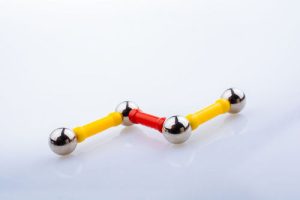
Magnet construction sets typically have magnets snap together with other stick pieces.
These sets include plastic rods and balls which can be snapped together with the magnet attraction.
Final Word on Safety
One problem is Consumer Reports found a full range of age recommendations across several popular products – and manufacturers unwilling to answer questions. Since age recommendations are the most fundamental tool consumers have, we recommend steering clear of these.
Final Word on Safety
The CPCS is responsible for overseeing product recalls and a quick search of its database can glean valuable information for parents. Visit www.cpsc.gov and search by product name or type of products. You can also visit the CPSC’s magnet information center.
With magnet toys, product regulations and age recommendations continue to change. They are very challenging to bring into any home safely, but especially homes with children of various ages and development skills and pets. In the end, you must make your own decision, but we urge you to be overly cautious and purchase other toys. There are so many other toys out there which can provide your child with a safe and enjoyable experience.
Breakstone, White & Gluck – Boston Toy Safety Lawyers
Breakstone, White & Gluck is a Boston law firm specializing in personal injury, medical malpractice and product liability. We wish Massachusetts families a safe and healthy holiday season and share our toy safety tips as part of our Project KidSafe campaign.
If you have been injured, contact Breakstone, White & Gluck to learn your legal rights at 800-379- or 617-723-7676. You can also use our contact form.
Toy Safety Reminders for Holiday Shoppers
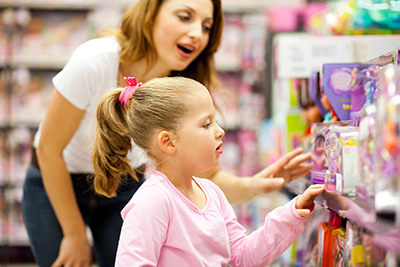
Many of us will shop for a child this holiday season. Do your homework first, so you purchase gifts which are both safe and fun to use.
Each year, children and young adults are seriously injured or killed while playing with dangerous and defective toys. We should be able to trust that the toys we purchase from reputable stores are safe, but that is not always the case. In 2015, there were an estimated 185,500 toy-related, emergency department-treated injuries and 11 deaths to children younger than 15 years old, according to the Consumer Product Safety Commission (CPSC). Riding toys, specifically non-motorized scooters, were associated with the most toy-related injuries.
Before you shop, here are a few tips:
Check out the CPSC recall page. Check the recall page before you shop. You can search for a specific toy, by manufacturer or in several different useful ways.
Read labels. Look for labels with age recommendations and follow them. If you shop online, double check the age recommendation and other labels once you receive the product box. What you see on the computer screen may not be what you actually receive.
Read the Top 10 Worst Toys 0f 2016 list. Take time to read this list and make sure not to buy any toy mentioned on it. Another toy to note: the Tonka 12V Ride-On Dump Truck. It has not been recalled, but Toys R Us has pulled it off shelves after one of the toys caught fire in Bellingham, Washington over the weekend.
No small pieces. Do not buy toys with small pieces for small children under three years old. Consider every part, even things such as small plastic eyes and noses on stuffed animals and dolls which could become loose.
Plastic film. If you purchase toys with mirrors or similar surfaces, remove the protective plastic film before giving the gift to a child. It is a choking hazard.
Avoid magnets. Do not purchase toys or adult gifts with small magnets. If a small child swallows two or more magnets, they attract in the stomach. Surgery may be required to remove the magnets and the child may suffer very serious complications. Thousands of children have these suffered these injuries and required surgeries. At least one child died in recent years, according to news stories.
The CPSC and companies have recalled many of the popular magnet toy sets in recent years, such as Buckyballs toys, and strengthened federal standards. But some are still sold. Steer clear of any product with small magnets. Once they are brought into a house, small pieces can fall under furniture or other areas and stay there for years until they are discovered by a child. They are hard to thoroughly clean up.
Electrical toys. Children should use toys with electrical components under adult supervision and follow age recommendations. Before you buy an electrical toy, check with a child’s parents to see if it is appropriate.
Cords and strings. Do not buy toys with long strings for infants and young children. A child can wrap a long string around his or her own neck and strangle themselves.
Batteries. Do not purchase toys which operate with small circle button batteries.
Balloons. Children can suffocate from balloons and the CPSC advises against letting children younger than 8 play with balloons. One risk is a child can swallow a balloon or suck it in while blowing it up. After the balloon pops, a child can also choke on the broken pieces.
Read More


